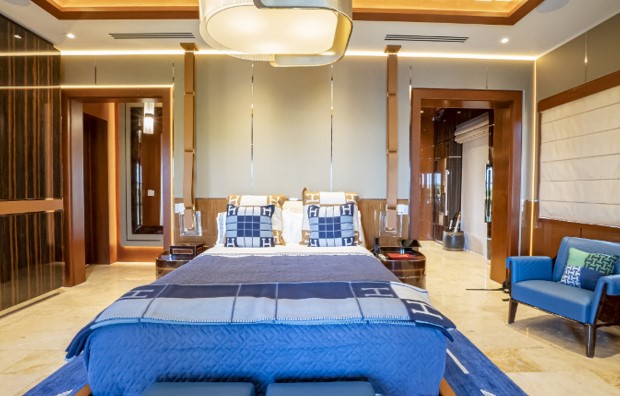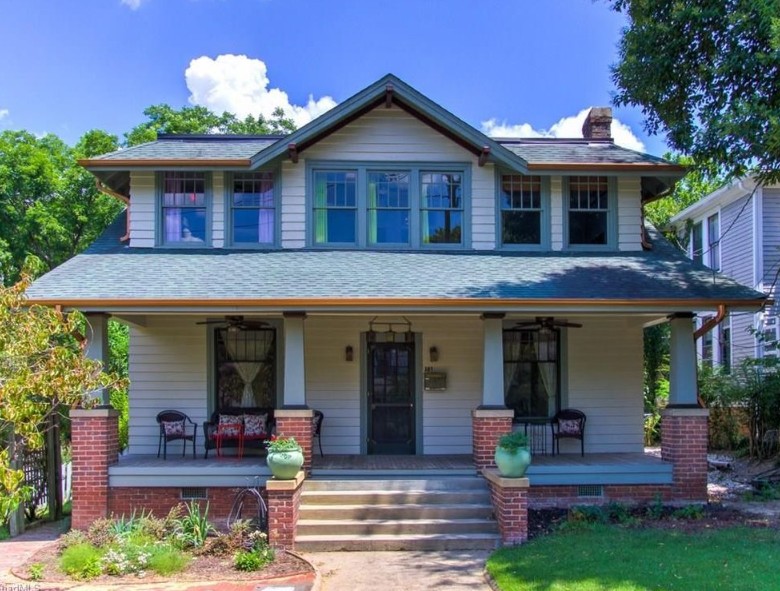Flying Carpets Spotted At Millea Bros
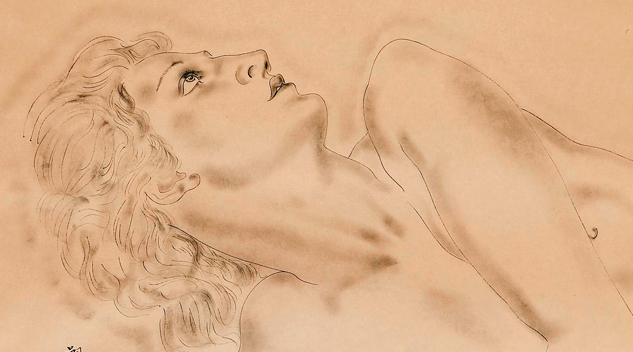
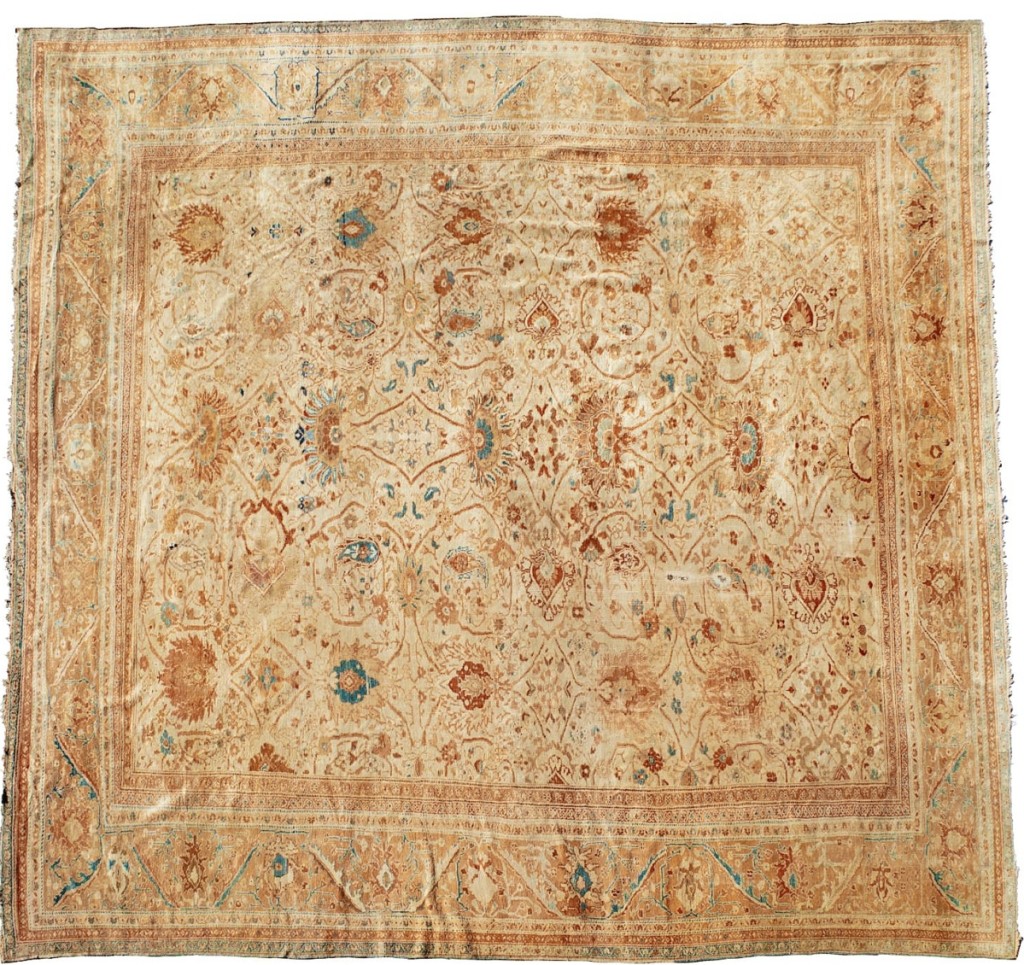
This late Nineteenth Century Ziegler Sultanabad carpet was reported to have provenance to Vojtech Blau, but there may have been more to its history that Millea Bros did not know. It attracted interest from an international group of bidders, but in the end, a buyer in New York prevailed, taking it for $103,125. It was the highest price achieved in the auction ($3/5,000).
Madelia Hickman Ring, Photos Courtesy Millea Bros.
BOONTON, N.J. – “This was one of our better sales, Michael Millea said. “It was consistent in meeting or exceeding our estimates.” He was referring to Millea Bros. semiannual Select auctions December 1-3, when 1,070 lots crossed the block. By the time the final gavel fell, 94 percent had traded successfully.
Two recent Select auctions hosted top lots realizing mid six-figure results that helped push the total skyward; in this auction, the high flying lots were literally underfoot. Leading a group of six carpets from the New York City storage unit of an unidentified media executive was a late Nineteenth Century West Persian Ziegler Sultanabad example that soared from an estimate of $3/5,000 to a New York buyer, for $103,125.
“We had so much interest we thought it could bring $30,000 or $40,000, so we were very surprised by what it actually brought,” Millea said. He confirmed that it, and many of the other rugs in the sale, were bid up by an international group of trade buyers. Most of the action took place on the phones, with occasional online competition.
The carpet had several things working in its favor: it was large – just more than 18 by 16 feet – in good condition and had purportedly come from Vojtech Blau, but Millea and his associate, David Halperin, did not know precisely why it did so well.
“Someone told me that it was a known carpet,” Halperin said, suggesting that there had been more to the provenance than they had realized.
The underbidder of the Ziegler Sultanabad purchased a late Nineteenth Century room-sized Tabriz carpet that featured a blue palmette design on a tan ground, for $96,875. The third highest price of the sale was another antique Ziegler Sultanabad carpet with provenance to Harvey Nicholls that bidders rolled up to $50,000. Both were from the collection of the media executive, as were an additional three carpets that brought more modest results: an antique Tabriz with Blau provenance for $9,375, and $6,250 was realized for an antique Tabriz, ex Darius Carpets. Lastly, a late Nineteenth Century Mohtashem Kasham brought $5,625.
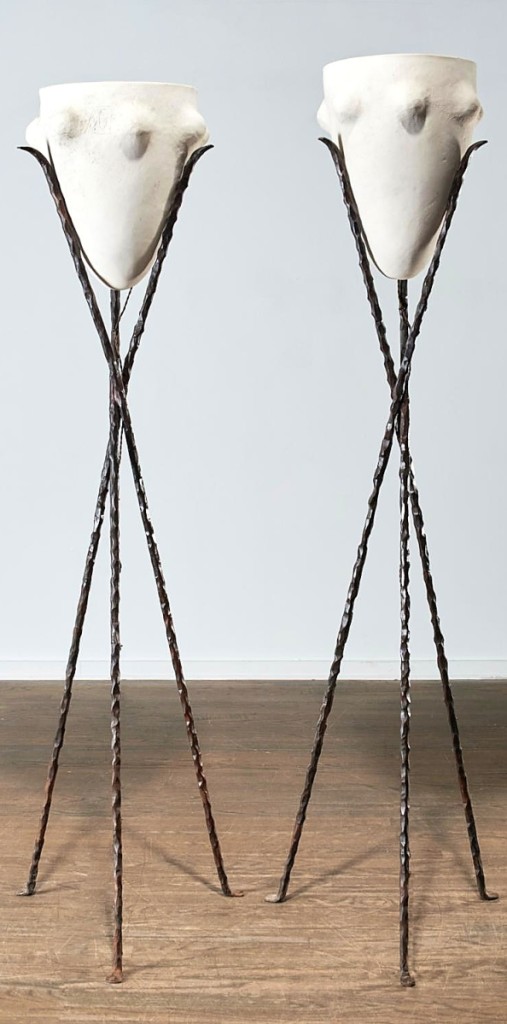
“Those come up but very infrequently,” Michael Millea said of this pair of chased and forged wrought iron tripod torchieres from Garouste & Bonetti’s “Barbican” collection. A private collector in New York City paid $41,250 for them. It was the top price on the first day of sales, which offered modern art and design ($5/7,000).
Carpets were by no means the only category with noteworthy results. The first day of the sales offered modern art and design and was led at $41,250 for a pair of “tripod” chased and forged wrought iron torchieres by Elizabeth Garouste (French, b 1949) and Mattia Bonetti (French, b 1953). The lamps were from the pair’s first collection, which was titled “Barbican,” and dated to 1981. According to Millea, pairs come up only very infrequently. The pair came from a Greenwich, Conn., estate and was bought by a private collector in New York City.
The Greenwich estate featured more than 40 lots, of which most were furniture and decorative arts. Some of the designers represented within were Charles Hollis Jones, Nada Debs, Karl Springer, Florence Knoll, Buccellati, Ray and Charles Eames and Jean Claude Mahey.
Kenneth Armitage’s (British, 1916-2002) 1951 bronze sculpture titled “Family Going for a Walk” went out the door for $35,000; it sold to a buyer in England. Millea said the “Walking Series” was Armitage’s most sought-after. It relates to an example at the Albright-Knox Museum and had come from the New York estate of photography agent, Peter Schub, who represented some of the most prominent photographers of the Twentieth Century, including Irving Penn, Peter Beard and Anthony Armstrong Jones.
About 100 lots from Schub’s estate were peppered throughout the day, with many featuring among the highlights of each session.
“He had a great eye,” Millea said, noting Schub’s collection included photographs, Chinese objects, English and Continental furniture, decorative arts and fine art, as well as design works.
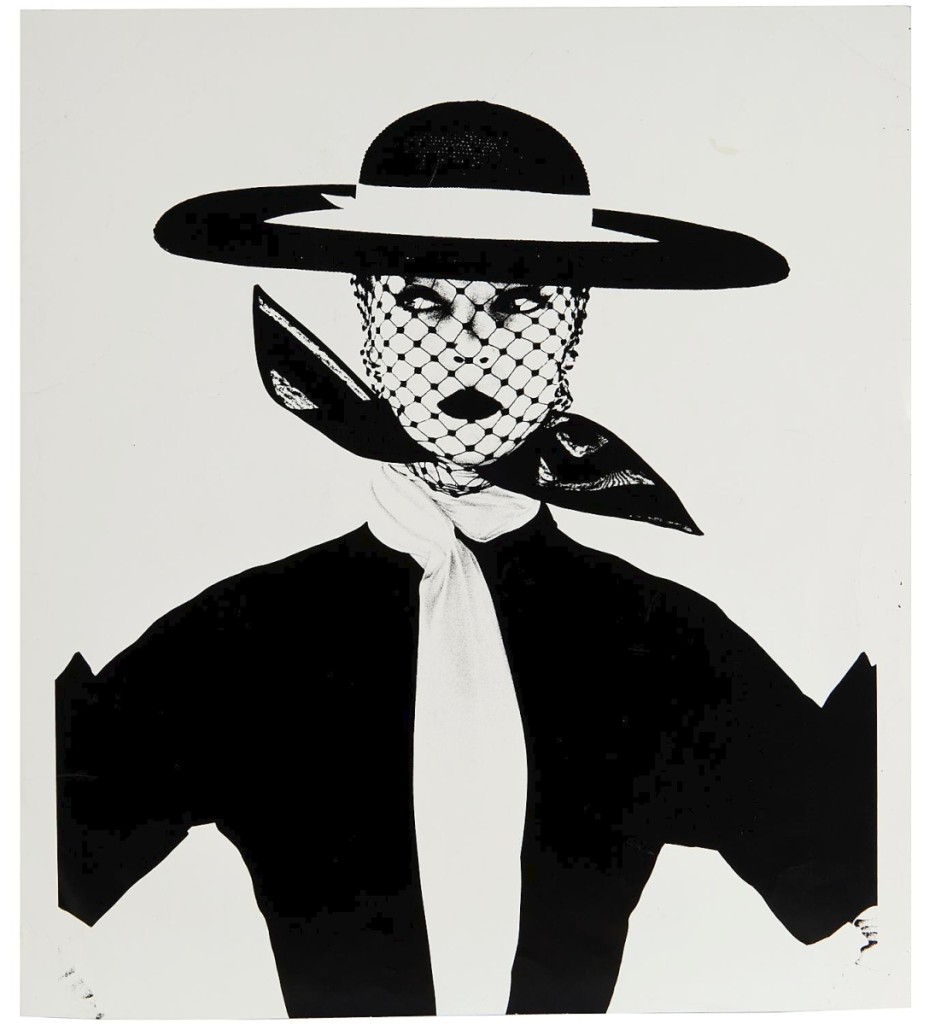
Irving Penn’s iconic photograph of Jean Patchett, titled “Girl in Black and White,” was dated 1950 and featured the Conde Nast copyright stamp and label. An American buyer paid $31,250 for it ($4/6,000).
Schub’s estate featured several examples of Penn’s photographs on offer. Two gelatin silver prints – “Girl in Black and White” from 1950, and Penn’s 1957 portrait of Pablo Picasso, brought particularly noteworthy results, both from American buyers, for $31,250 and $17,500, respectively.
“‘Girl in Black and White’ is an iconic image,” Millea said. “It was maybe the earliest print and was used in Conde Nast magazine.”
A luxurious leather sectional sofa by Mario Bellini was estimated at $2/3,000 but with current supply not meeting demand, it brought an astonishing – and retail comparable – price of $28,750 from an American buyer. It was the top price among modern furniture and more than twice the $13,750 result achieved for an expansive George Nelson for Herman Miller wall system that Millea described as “spectacular.” Featuring not less than ten uprights, three two-drawer cabinets, two drop-front cabinets, two record cabinets, 39 shelves and a cabinet with a built-in record player, it had all the different options available at the time but, with a height of more than 100 inches and stretching nearly 290 inches long, it may have put off some potential buyers.
This past spring, Millea Bros offered the first part of the estate of Litsa Tsitsera, New York art patron, scientist and political activist. Exactly 150 lots from her estate continued the tradition, bringing strong prices on each of the three days of the auction. An untitled abstract gouache on board by Turkish American artist Burhan Dogançay (1929-2013) that measured 20½ by 30½ inches, and had at one time been in the collection of the Guggenheim Museum in New York City, sold to an American buyer for $17,500. It was one of two works by the artist from Tsitsera’s estate; the other, an oil and gouache on paper example from 1968 titled “Brick Wall,” stood tall at $11,875. “Brick Wall” typified the work of Dogançay, who is considered a pioneering figure in the contemporary Turkish art world. He is best known for his various series of paintings inspired by urban walls, which are a testament to the passage of time, reflecting social, political and economic change.
Tsitsera’s collecting eye extended to traditional works as well as modern ones. A landscape painting by Maurice de Vlaminck (French, 1876-1958) was partially titled “La Vallee de la…” and had both auction labels as well as remnant of one from Galerie Simon. A European buyer took it to $18,750. American buyers prevailed for an Old Master ink drawing attributed to the circle of Giovanni Battista Tiepolo (Italian, 1696-1770) and a harem scene by Vincent G. Stiepevich (Russian, 1841-1910), which made $15,000 and $13,750, in turn. The Old Master sketch depicted an angel and may have been after Tiepolo’s “Hagar and Ishmael in the Desert.” Tsitsera may have acquired the harem scene in 1986 at Sotheby’s Parke Bernet.
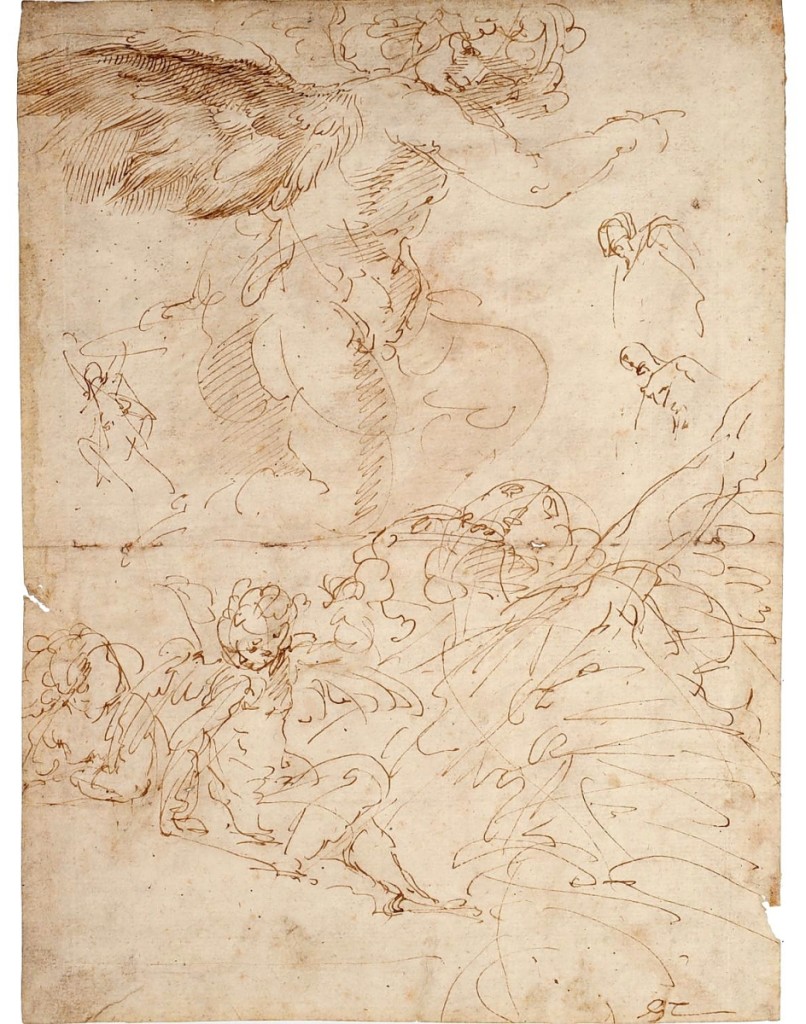
Sketch depicting an angel attributed to the circle of Giovanni Battista Tiepolo (Italian, 1696-1770) from the estate collection of Litsa Tsitsera. It sold to an American buyer for $15,000 ($400/600).
Two works from the estate collection of Edith and Edward “Ted” Nathanson brought surprisingly strong results. “Portrait de Jeune Femme” by Leonard Tsuguharu Foujita (French/Japanese, 1886-1968), was one of a series the artist had done, all of which featured the same nude model in several different poses. It brought $36,250 from an international buyer, three times its high estimate.
The other work from the Nathanson estate could hardly have been more different from the Foujita drawing. A futurist vase in the form of a cat made by Louis Wain found a new American home for $11,250. Millea thought it was a record for the artist, a result he attributed to a recent Amazon documentary on him.
“The Asian market overseas seems to be back,” Millea said. “We had a very consistent selection that performed well across the board.”
The majority of the Asian works were offered on the last day of the sale; the results suggest there was still plenty of interest and money to go around. Leading the category at $25,000 was a Chinese School silk scroll painting, possibly Eighteenth Century, that may have been painted by an early Qing artist named Yan Paik. It went to an American buyer, whereas international buyers paid $21,250 for a Chinese silk Kesi robe and $17,500 for a Cambodian Khmer standing Avalokiteshvara figure. A group of eight ink landscapes by Kun Can (Chinese, 1612-circa 1671) was from the collection of an Asian scholar. It also sold to a buyer outside the United States for $15,000.
Millea Bros. will conduct an ABC (attic/basement/closet) sale in January.
Prices quoted include the buyer’s premium as reported by the auction house.
For more information, 973-377-1500 or www.milleabros.com.



